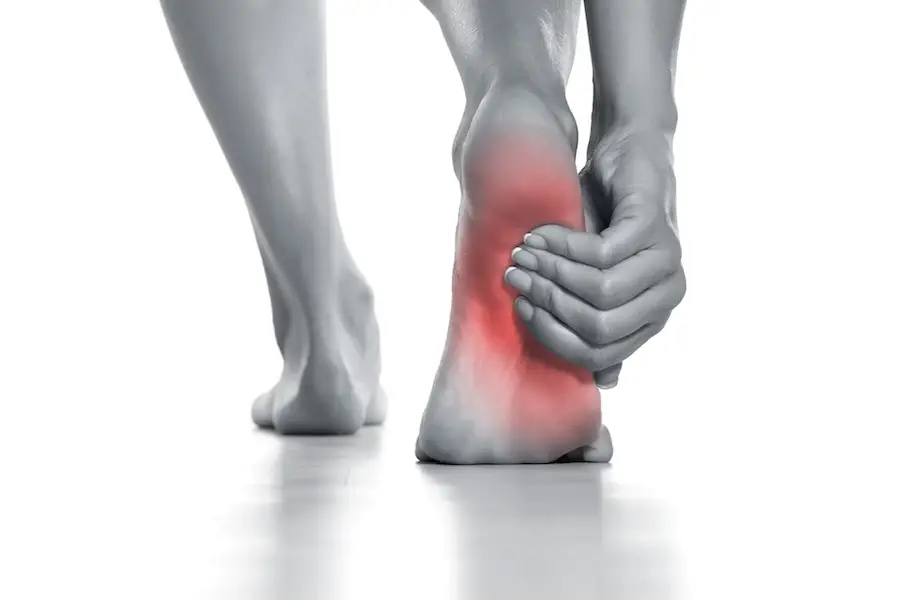Heel Pain & Plantar Fasciitis Treatment in Houston, TX

Heel pain can be a symptom of another foot condition such as nerve irritation, stress fracture, tendonitis, and arthritis but is mostly caused by plantar fasciitis. Plantar fasciitis is an inflammation of the plantar fascia tissue which extends from the heel to the toes. It can also be caused by heel spur where a bony spur is present. The fascia is inflamed and irritated, which causes heel pain. Visit the best foot doctor for plantar fasciitis for plantar fasciitis treatment in Houston, TX.
Non-surgical treatment of heel pain and plantar fasciitis
Heel pain and plantar fasciitis treatment begins at home
- Stretching exercises especially for the calf muscles assist with recovery and ease the pain.
- Avoid being barefooted because this will put undue stress and strain on the plantar fascia as you walk around.
- Ice it. Place an ice pack on the heel for 20 minutes at least three times a day to reduce inflammation. Remember to place a thin towel between the ice pack and the skin.
- Cut down on physical activities you engage in to give your heel a rest.
- Wear a modified shoe with good arch support and a raised heel to reduce stress on the heel.
- Use over-the-counter medications to reduce inflammation and pain.
If after few weeks of trying these at-home treatments do not work, you may visit the best foot doctor for plantar fasciitis, who will add some more treatment approaches.
- Strapping, taping, and padding. It includes placing pads in the shoes to soften the impact the heel has on the ground when walking. Taping and strapping reduce the strain on the fascia and support the foot.
- Custom-made Orthotic devices. They are meant to fit the shoes correctly to correct the underlying structural abnormalities that could be causing heel pain.
- Corticosteroid injection therapy. It is administered to relieve pain and reduce inflammation.
- Physical therapy. It is taking physical therapy measures to provide relief.
- Night splint. This will allow you to maintain an extended stretch of the plantar fascia while sleeping. It usually reduces the morning pain that patients experience.
Surgical treatment
Only a small percentage of patients require surgery if they do not respond well to nonsurgical treatments. Surgery is considered when all other treatments fail. Your podiatrist will be the best practitioner to advise on the way forward and the surgical procedures you need to consider.
- Extracorporeal shock wave therapy. This procedure uses sound waves to stimulate healing. It is used for chronic heel pain or plantar fasciitis that is not responding to other treatments. The sound waves are directed to the affected area and they are consistently effective as a treatment.
- Ultrasonic tissue repair is a minimally invasive technology. A needle-like probe is directed to the damaged plantar fascia and the tip vibrates to break the damaged tissue and then it is suctioned out.
- Surgery is done to detach the fascial from the heel bone. This is an option when the pain is severe and seems to get worse with other treatments administered. The procedure is done through a small incision when the patient is under local anesthesia.
